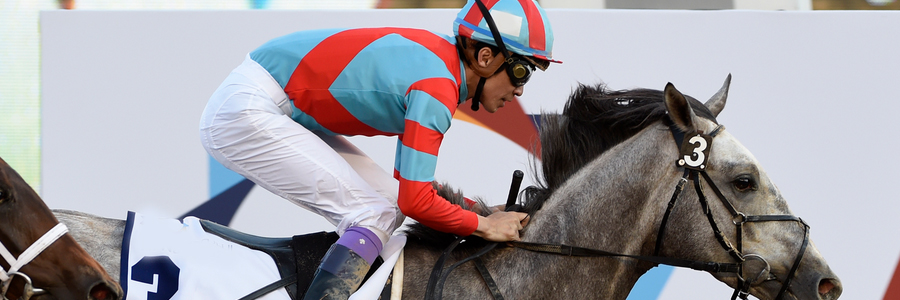
Betting on Horse Racing 101: Rule 4 Explained
Written by Eric Williams on May 9, 2016
Often times when you horse racing wager doesn’t bring returns as much as you had anticipated for a winning bet, it mostly has got something to do with the cardinal Rule 4 of horse race bets. So before placing any horse racing bet, it is important that you are familiar with regulations regarding Rule 4, especially if new to betting on horse racing.







